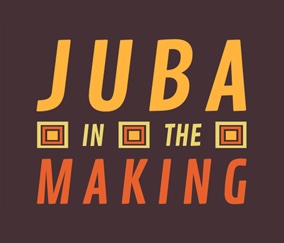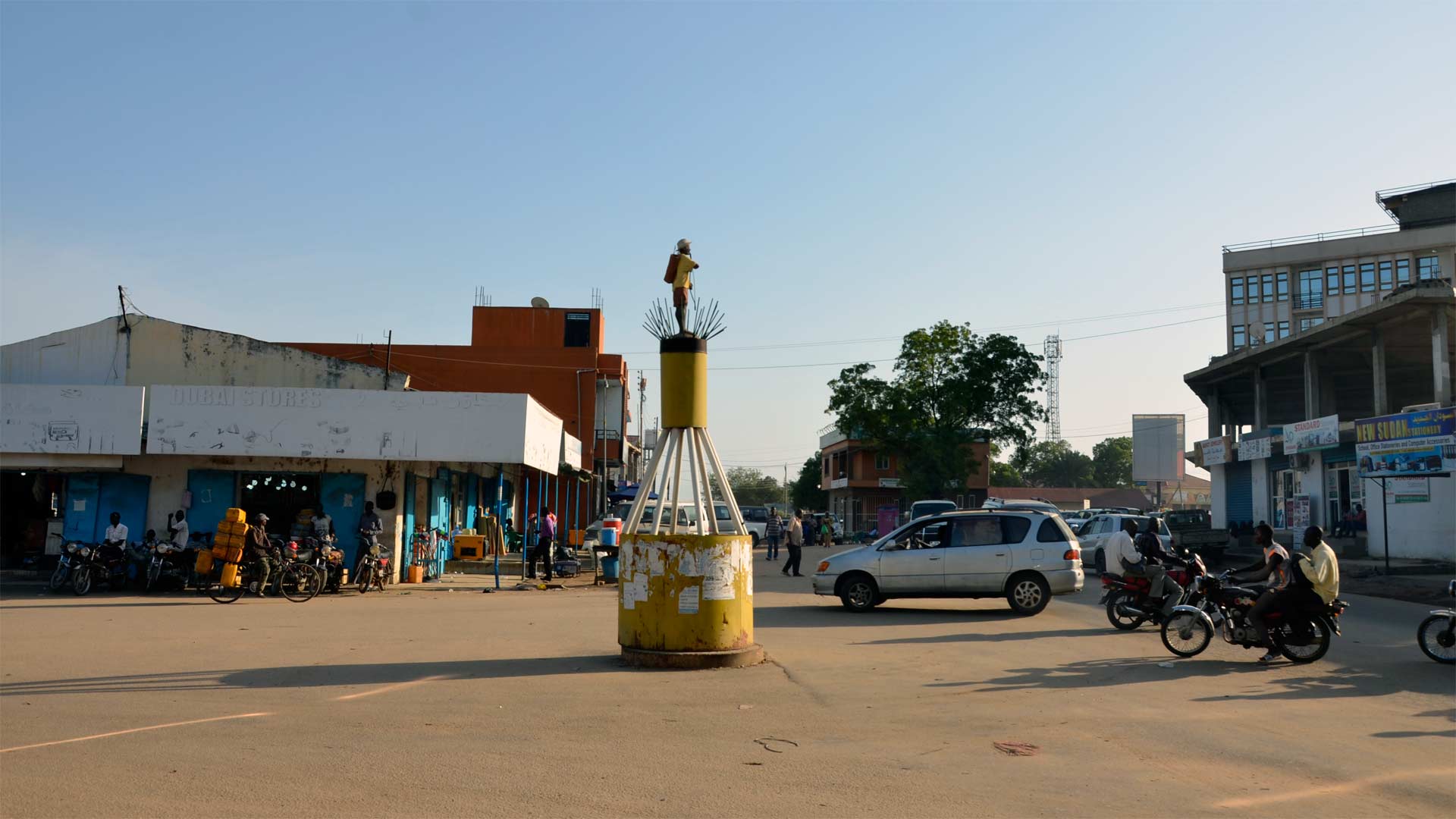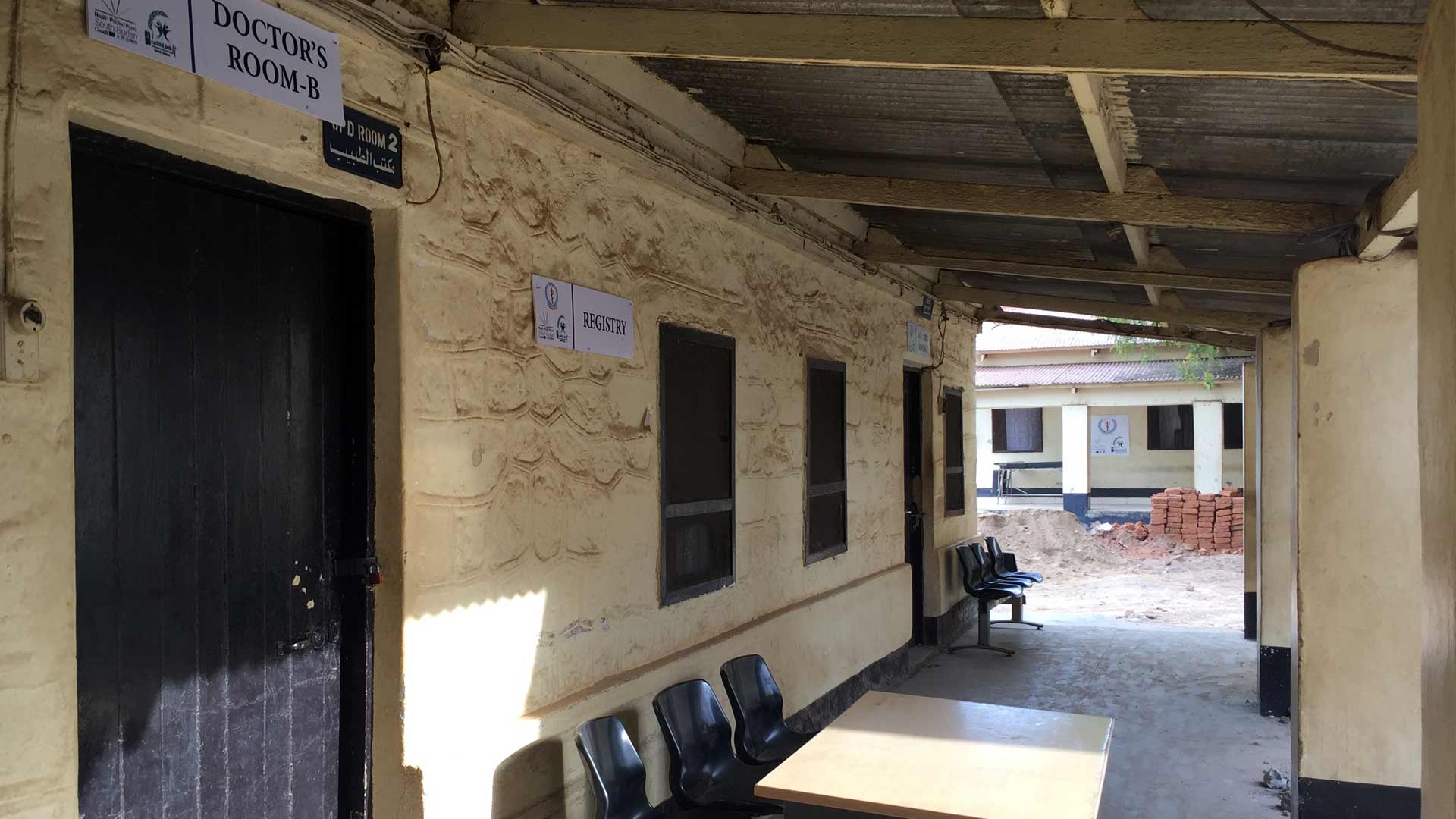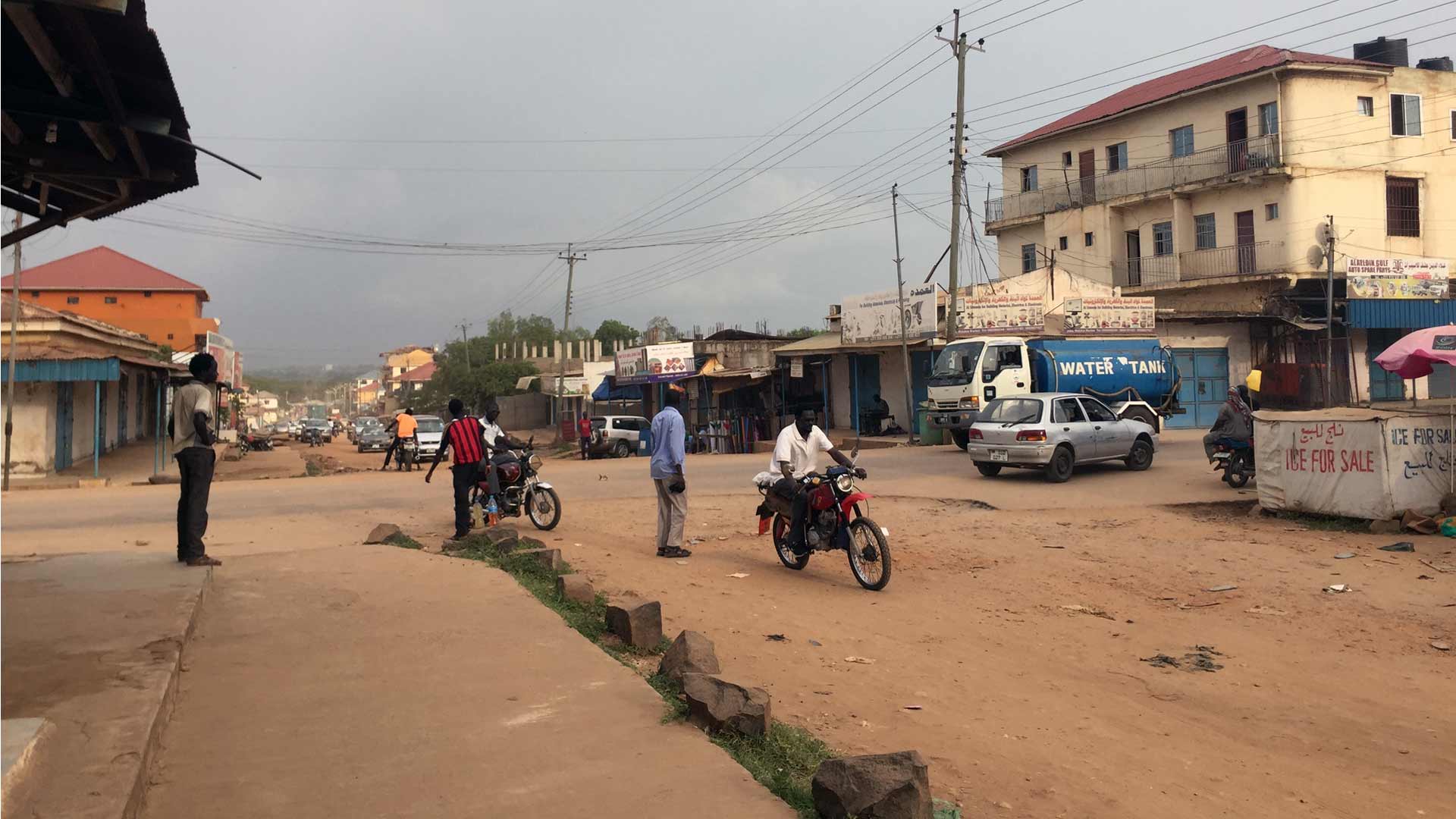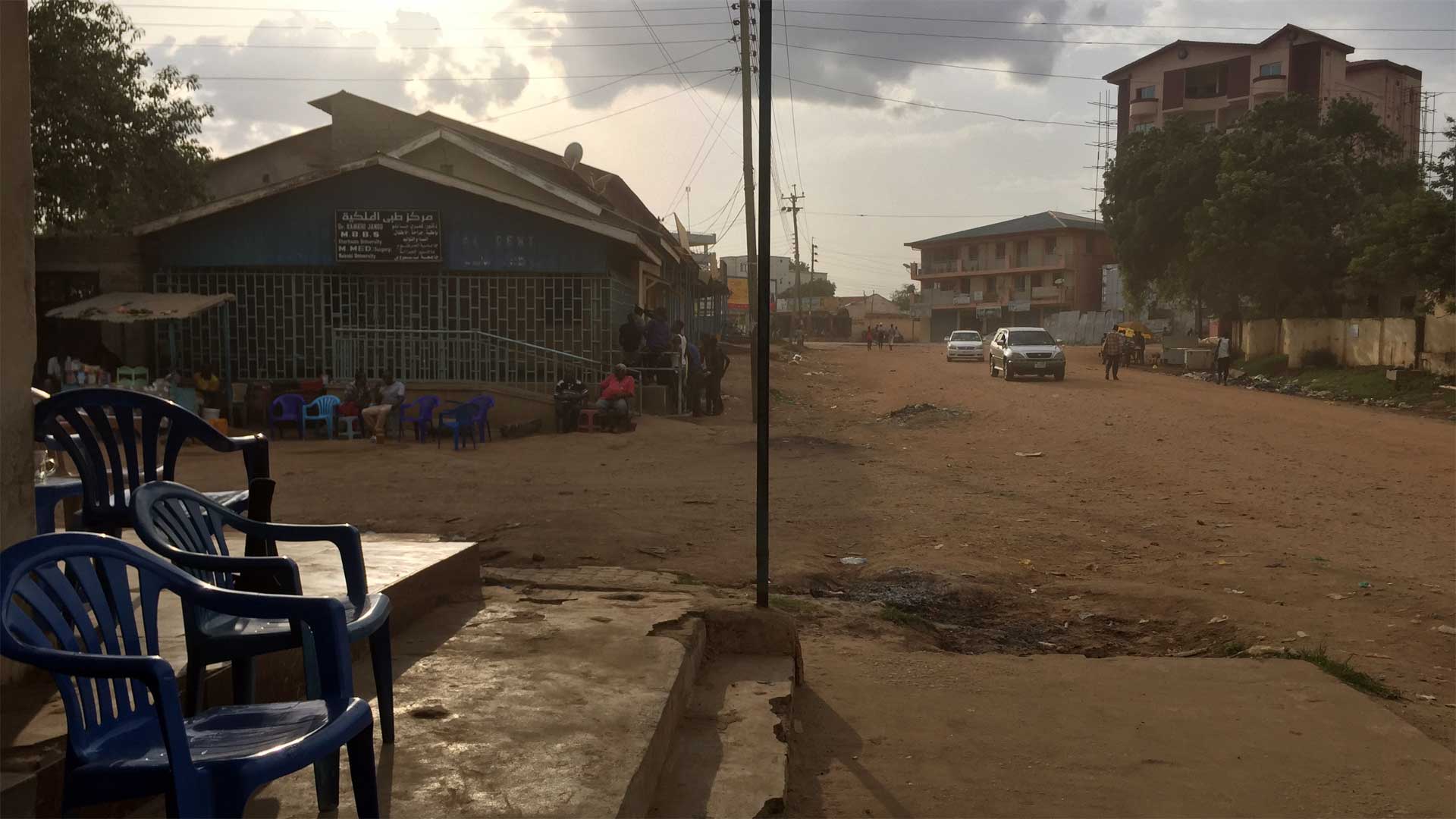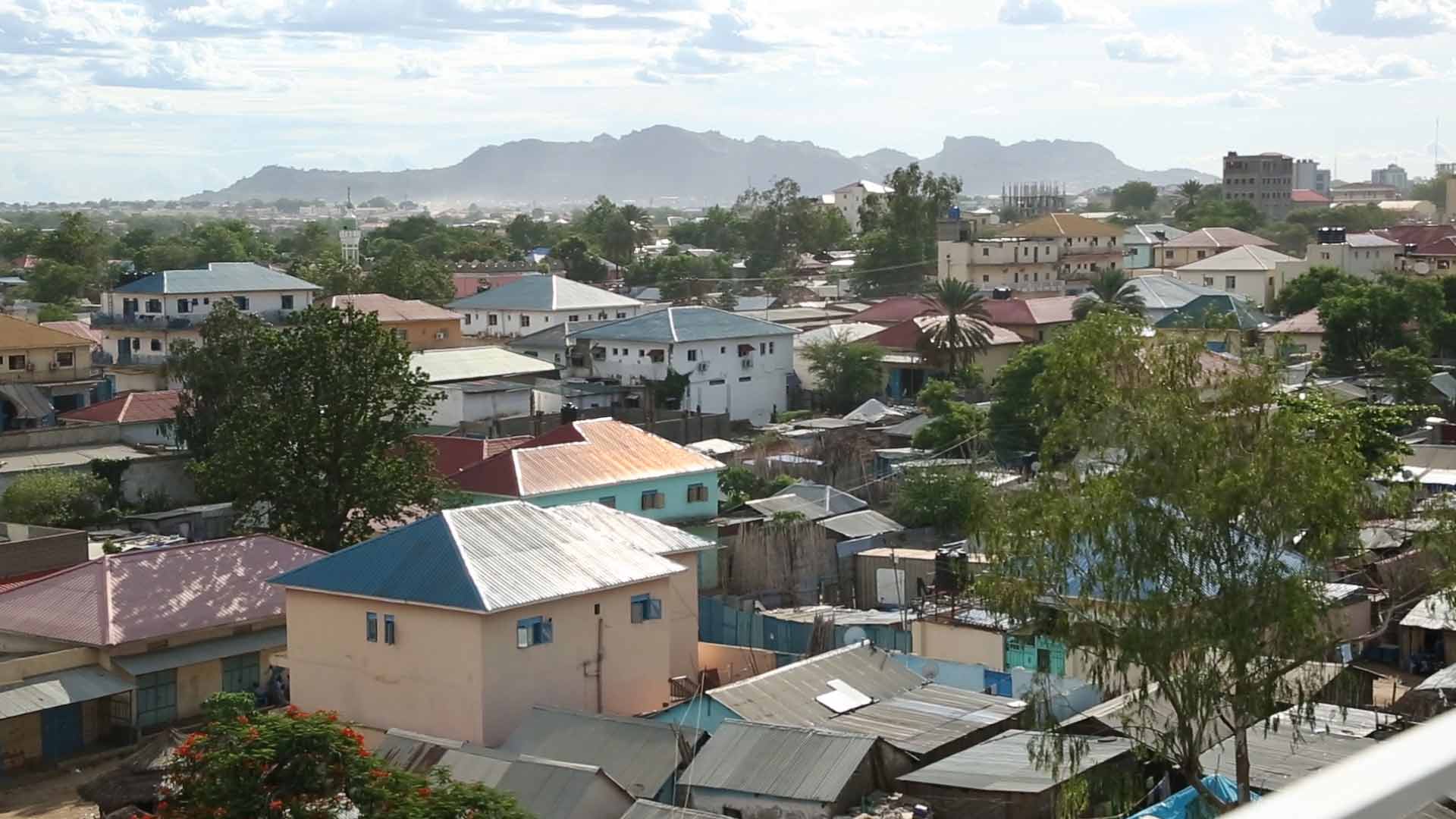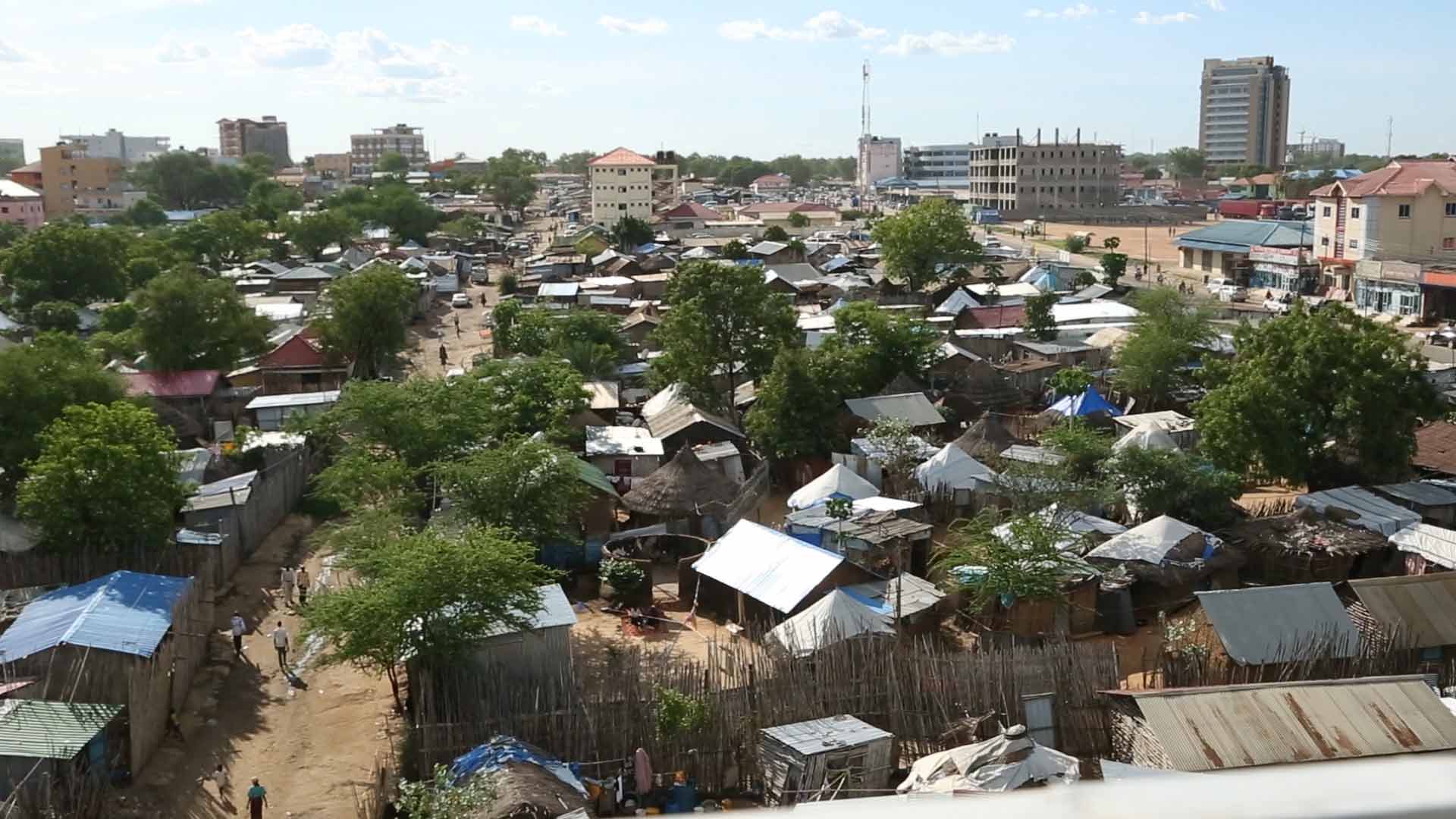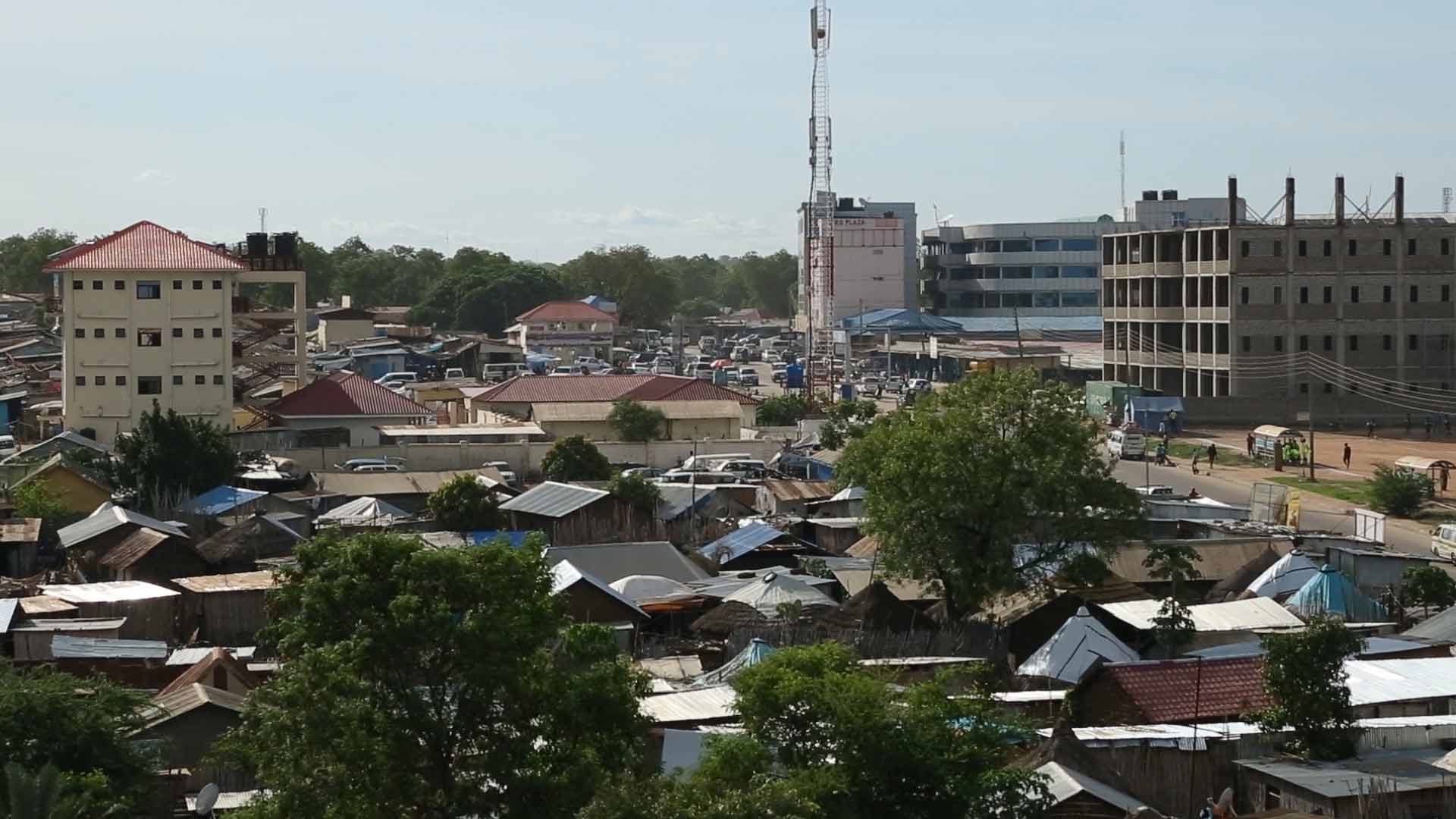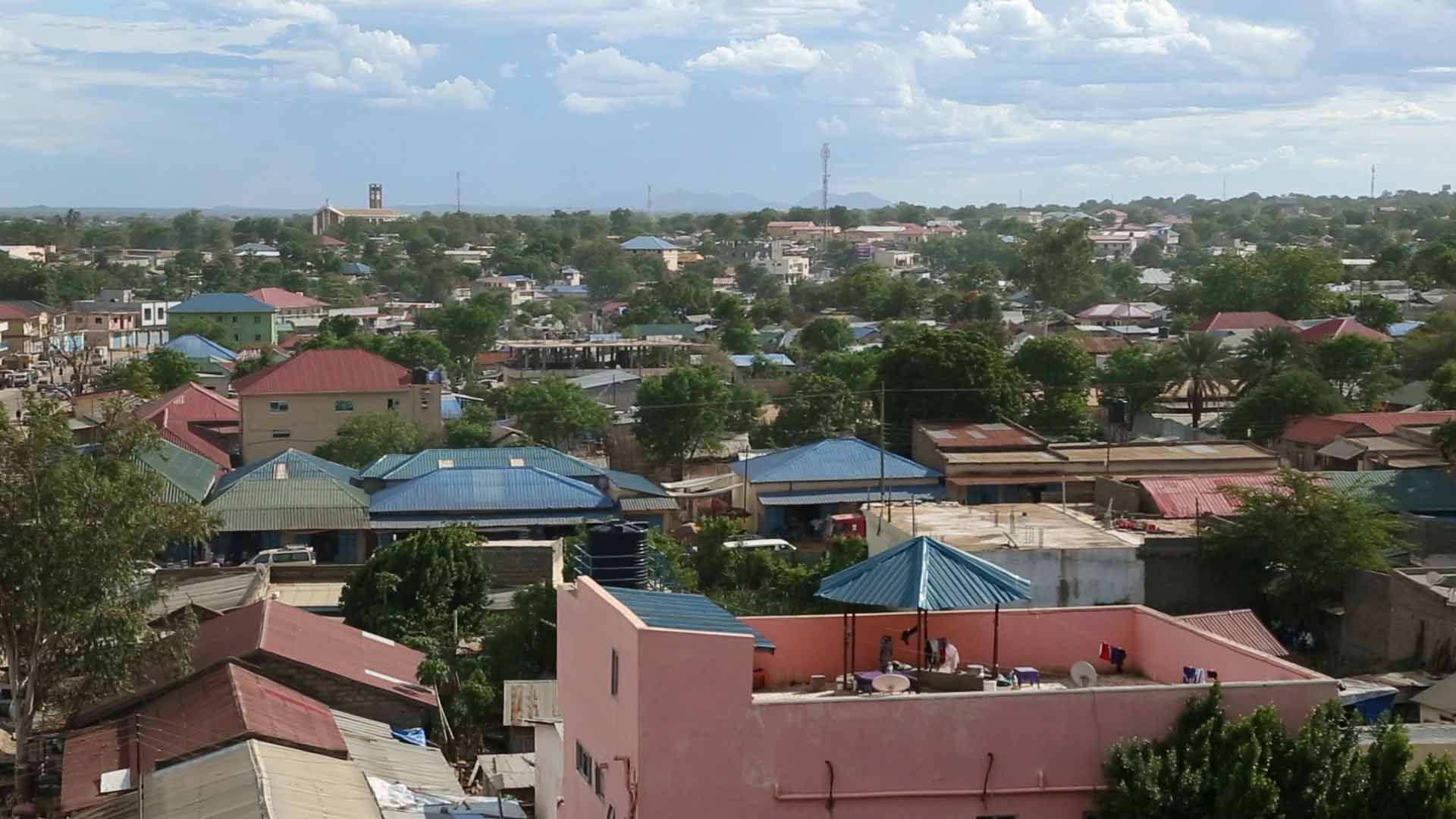Hai Malakia
Hai Malakia was built by the Anglo-Egyptian colonial government in the 1930s to house workers who had come to build the modern city. These labourers had initially settled in a place called Burseki (“squeeze yourselves” in Bari), on the land where the airport started to be built in 1925. When the airport was completed, in 1934, they were relocated to the Malakia district.
The first residents of the Malakia were coming from various communities of the southern and northern parts of Sudan, and developed a unique urban culture in Juba, marked by religious tolerance. The district’s name connects it to earlier Malakyias in Sudan and East Africa, where retired slave-soldiers settled after they were left behind by the Turko-Egyptian army, during military campaigns in the 19th century.
The area was also referred to by the colonial authorities as the Native Quarters. Malakia was where the “native” southern Sudanese population was housed, as opposed to the older part of the city, to the north of the stream called Khor Bou, where colonial officials and foreign traders stayed.
The area expanded towards its surroundings in the 1950s. Residents had to be relocated to areas adjacent to Malakia following the implementation of new standards of grading for houses, as well as the opening of new roads. Hai Kosti and Hai Malakal in the 1950s, Kator and Atlabara in the 1960s were populated by displaced Malakia residents who could not upgrade their houses to these new standards.
Until today, Hai Malakia has kept its unique culture and diverse population that includes people from northern Sudanese descent who were born and raised in Malakia and are de facto “native” South Sudanese.
Note: To go further, you can read this article by Shuichiro Nakao : “A History from Below: Malakia in Juba, South Sudan c. 1927-1954”, published in 2013 in The Journal of Sophia Asian Studies. It’s accessible here.


